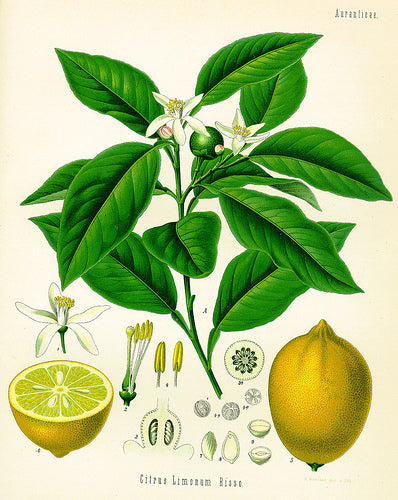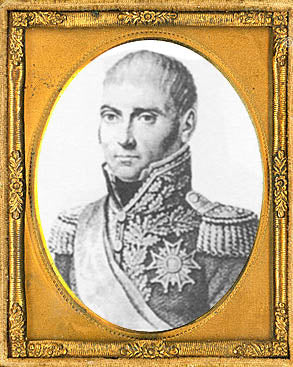Lawn Bowls
Bowls or lawn bowls is a sport in which the objective is to roll biased balls so that they stop close to a smaller ball called a "jack" or "kitty".
The game has been traced certainly to the 13th century. A manuscript of that period in the royal library, Windsor (No. 20, E iv.), contains a drawing representing two players aiming at a small cone instead of an earthenware ball or jack. The world's oldest surviving bowling green is the Southampton Old Bowling Green, which was first used in 1299
The game eventually came under the ban of king and parliament, both fearing it might jeopardize the practice of archery, then so important in battle. Statutes forbidding it and other sports were enacted in the reigns of Edward III, Richard II and other monarchs. Even when, on the invention of gunpowder and firearms, the bow had fallen into disuse as a weapon of war, the prohibition was continued. The discredit attaching to bowling alleys, first established in London in 1455, probably encouraged subsequent repressive legislation, for many of the alleys were connected with taverns frequented by the dissolute and gamesters. The word "bowls" occurs for the first time in the statute of 1511 in which Henry VIII confirmed previous enactments against unlawful games. By a further act of 1541—which was not repealed until 1845—artificers, labourers, apprentices, servants and the like were forbidden to play bowls at any time except Christmas, and then only in their master's house and presence. It was further enjoined that any one playing bowls outside his own garden or orchard was liable to a penalty of 6s. 8d., while those possessed of lands of the yearly value of £100 might obtain licences to play on their own private greens.
 Jane Austen was no doubt familiar with the country house version of the game. It is depicted in the 1995 version of Sense and Sensibility. In a letter to her sister in 1813, Jane mentions her visit to a bowling-green, while traveling towards London.
Jane Austen was no doubt familiar with the country house version of the game. It is depicted in the 1995 version of Sense and Sensibility. In a letter to her sister in 1813, Jane mentions her visit to a bowling-green, while traveling towards London.
 If you wish to add this Regency appropriate past time to your next get together, visit webturf.com for an animated tutorial and detailed gaming rules.
If you wish to add this Regency appropriate past time to your next get together, visit webturf.com for an animated tutorial and detailed gaming rules.
 Jane Austen was no doubt familiar with the country house version of the game. It is depicted in the 1995 version of Sense and Sensibility. In a letter to her sister in 1813, Jane mentions her visit to a bowling-green, while traveling towards London.
Jane Austen was no doubt familiar with the country house version of the game. It is depicted in the 1995 version of Sense and Sensibility. In a letter to her sister in 1813, Jane mentions her visit to a bowling-green, while traveling towards London.
Three hours and a quarter took us to Guildford, where we staid barely two hours, and had only just time enough for all we had to do there; that is, eating a long and comfortable breakfast, watching the carriages, paying Mr. Harrington, and taking a little stroll afterwards. From some views which that stroll gave us, I think most highly of the situation of Guildford. We wanted all our brothers and sisters to be standing with us in the bowling-green, and looking towards Horsham. Jane Austen to Cassandra Thursday, May 20, 1813In 1864 William Wallace Mitchell (1803–1884), a Glasgow Cotton Merchant, published his "Manual of Bowls Playing" following his work as the secretary formed in 1849 by Scottish bowling clubs which became the basis of the rules of the modern game. Young Mitchell was only 11 when he played on Kilmarnock Bowling green, the oldest club in Scotland, instituted in 1740. The patenting of the first lawn mower in 1830, in Britain, is strongly believed to have been the catalyst, world-wide, for the preparation of modern-style greens, sporting ovals, playing fields, pitches, grass courts, etc. This is turn led to the codification of modern rules for many sports, including lawn bowls, most football codes, lawn tennis and others.
 If you wish to add this Regency appropriate past time to your next get together, visit webturf.com for an animated tutorial and detailed gaming rules.
If you wish to add this Regency appropriate past time to your next get together, visit webturf.com for an animated tutorial and detailed gaming rules.

